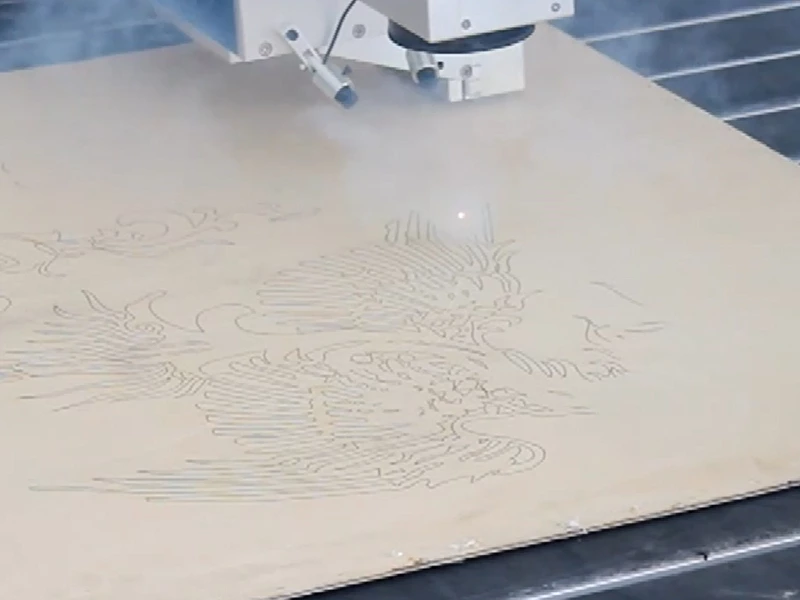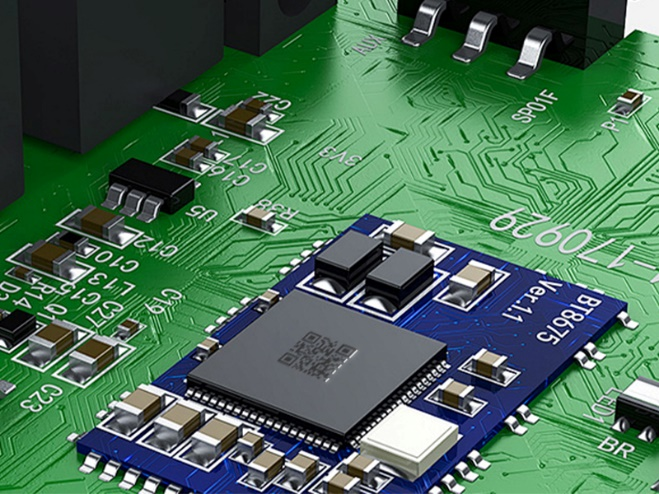Different Laser Marking Techniques on Leather: Comparative Analysis
Leatherworking is an art that combines tradition with technology, especially when it comes to engraving. Laser engraving machines are an innovative technology for leather processing, increasing precision, speed, and versatility.
This article takes an in-depth look at the different laser marking techniques used for leather, explores the types of leather that are suitable for these techniques, provides a comparative analysis of the methods, and guides you in choosing the right leather laser marking machine.
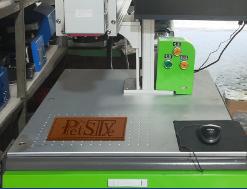
Types of Laser Marking Techniques
Laser marking is a non-contact process that uses a focused laser beam to create permanent marks on materials. In the case of leather, the laser beam can be used to engrave, etch, or color the surface. Different laser techniques employ different wavelengths and energy densities, resulting in varying marking characteristics.
CO2 Laser Marking
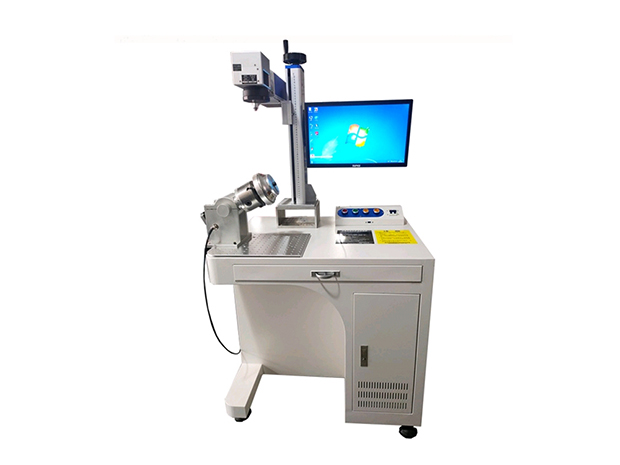
CO2 lasers emit infrared radiation with a wavelength of 10.6 microns. This wavelength is highly absorbed by most materials, including leather. When the laser beam is focused onto the leather surface, it causes rapid heating and evaporation of the material, leaving behind a permanent mark.
Advantages:
- Deep engraving capabilities, suitable for creating intricate designs.
- High-quality marks with sharp edges and good contrast.
- Can be used for both cutting and marking leather.
Disadvantages:
- Potential for thermal damage to the leather, especially for thin or delicate materials.
- Higher energy consumption compared to other laser techniques.
Fiber Laser Marking
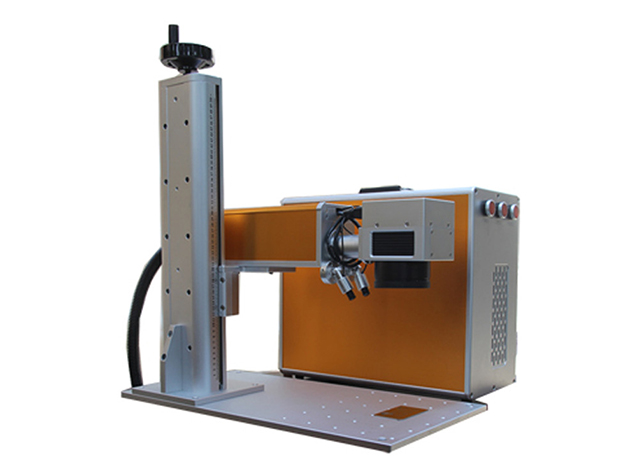
Fiber lasers emit near-infrared radiation with a wavelength of around 1064 nanometers. This wavelength is absorbed by metals and some pigments, but not as strongly by organic materials like leather. Therefore, fiber laser marking typically results in a color change rather than physical removal of material.
Advantages:
- High precision and accuracy, suitable for fine-line marking and barcoding.
- High speed, allowing for efficient marking of large quantities of leather.
- Low energy consumption, making it a more cost-effective option.
Disadvantages:
- Limited depth of marking compared to CO2 lasers.
- May require pre-treatment of the leather surface to achieve optimal results, especially for dark or heavily pigmented leather.
UV Laser Marking
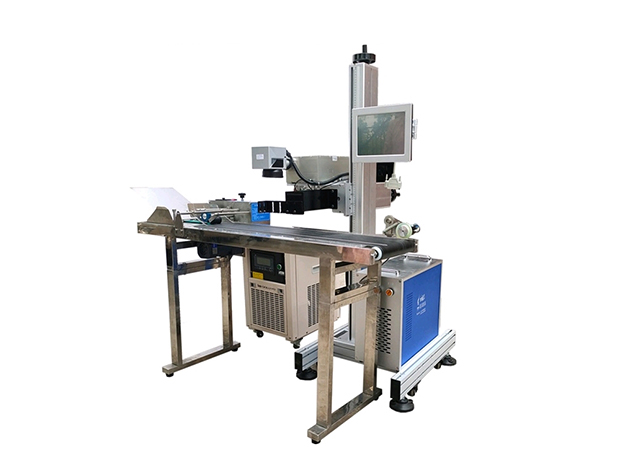
UV lasers emit ultraviolet radiation with a wavelength typically between 266 and 355 nanometers. This wavelength is absorbed by organic materials, including leather, but does not cause significant thermal damage. UV laser marking is often used to create a color change or to remove a surface layer without affecting the underlying material.
Advantages:
- Non-contact marking, minimizing the risk of damage to the leather surface.
- Minimal thermal impact, preserving the integrity of the leather.
- Suitable for delicate or thin leather materials.
Disadvantages:
- Lower marking depth compared to CO2 and fiber lasers.
- May require specific laser wavelengths or pre-treatment for certain leather types.
Common Types of Leather for Laser Marking
When it comes to laser marking, different types of leather yield varying results due to their distinct properties. Understanding these types can help in selecting the most suitable laser marking technique for desired outcomes.
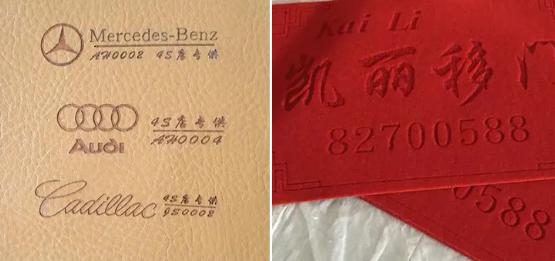
- Full-Grain Leather: This is the highest quality of leather, retaining the entire grain layer from the hide. Full-grain leather is prized for its durability and natural texture. It responds exceptionally well to CO2 lasers, which can produce detailed and long-lasting marks. The natural oils and fibers in full-grain leather often result in deep, rich engravings that enhance the leather’s unique character.
- Top-Grain Leather: Slightly more processed than full-grain leather, top-grain leather has had its surface sanded and treated to remove imperfections. It is still high-quality but less robust than full-grain leather. CO2 and UV lasers work well with top-grain leather, producing clear, precise marks. The treatment on top-grain leather may affect how deep or pronounced the marks appear.
- Bonded Leather: Made from scraps and fibers bound together with adhesives, bonded leather is less durable than full-grain or top-grain varieties. It generally marks well with CO2 lasers, though the quality can vary based on the leather’s composition and coating. The marks might not be as sharp or deep as those on higher-quality leathers.
- Synthetic Leather: Composed of plastic and other artificial materials, synthetic leather requires careful consideration for laser marking. UV lasers are often preferred due to their ability to mark with high precision and minimal risk of damage. CO2 and fiber lasers can also be used, but results may differ depending on the specific synthetic composition.
By understanding these leather types, you can better match the laser marking technique to achieve the best results for your projects.
Comparative Analysis
To help in understanding the differences between the laser marking techniques, here is a comparative analysis presented in a table format:
| Feature | CO2 Laser | Fiber Laser | UV Laser |
| Precision and Detail | Good precision; effective for various leather types. | High precision; produces sharp and clear marks on pre-treated leather. | Highest detail and resolution; ideal for intricate designs and high-contrast markings. |
| Processing Speed | Moderate speed; suitable for many applications but slower compared to others. | Fast and efficient; ideal for high-volume production. | Slower than fiber lasers; excels in detail but less suited for rapid processing. |
| Cost and Maintenance | Generally more affordable; lower maintenance requirements. | Higher initial cost; lower maintenance needs and longer lifespan. | Typically the most expensive; requires specialized maintenance but offers superior precision. |
| Leather Compatibility | Versatile; works well on natural leathers like full-grain and top-grain. | Effective on pre-treated leather; less ideal for untreated leather. | Best for synthetic leathers and coated materials; less effective on untreated natural leathers. |
| Marking Quality | Produces high-quality marks; suitable for detailed designs but with some limitations. | Provides clear and sharp marks; efficient for both surface and deeper engraving. | Delivers exceptional quality with fine details; ideal for high-contrast and intricate patterns. |
This table summarizes the key differences between CO2, fiber, and UV laser marking techniques, helping you choose the right method based on your specific needs and requirements.
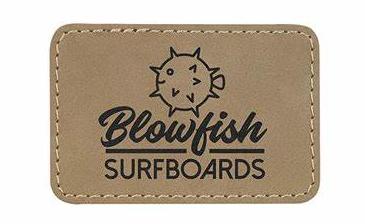
Choosing the Right Leather Laser Marking Machine
Selecting the appropriate laser marking machine for leather involves considering several key factors to ensure that the equipment meets your specific needs. Here are some important aspects to evaluate:
- Leather Type: Choose a machine that is compatible with the types of leather you plan to work with. For example, UV lasers are highly effective for synthetic leathers and coated materials, while CO2 lasers offer versatility for natural leathers like full-grain and top-grain.
- Marking Requirements: Assess the level of detail and precision required for your designs. If you need intricate and high-resolution markings, a UV laser might be the best choice. For general engraving and cutting, CO2 or fiber lasers are suitable.
- Budget and Cost-Efficiency: Balance the initial cost of the machine with long-term maintenance expenses. CO2 lasers are typically more affordable and require less maintenance, whereas fiber lasers have a higher upfront cost but lower maintenance needs. UV lasers, while offering exceptional precision, tend to be the most expensive.
- Production Volume: Consider the volume of production and processing speed. Fiber lasers are ideal for high-volume operations due to their speed and efficiency. If your production needs are lower, CO2 lasers can provide adequate performance at a more cost-effective price point.
By carefully evaluating these factors, you can select a laser marking machine that aligns with your leather marking needs, ensuring both quality and efficiency in your operations.
Conclusion
Laser marking on leather offers precision and versatility, with each technique having distinct advantages. CO2 lasers are cost-effective and versatile for natural leathers, fiber lasers provide speed and accuracy, and UV lasers deliver exceptional detail for synthetic materials. Choosing the right machine depends on your leather type, marking needs, and budget, ensuring optimal results for your leather products.
For more information about leather laser marking machine or purchasing recommendation, please feel free to contact us.
Recommended Products

